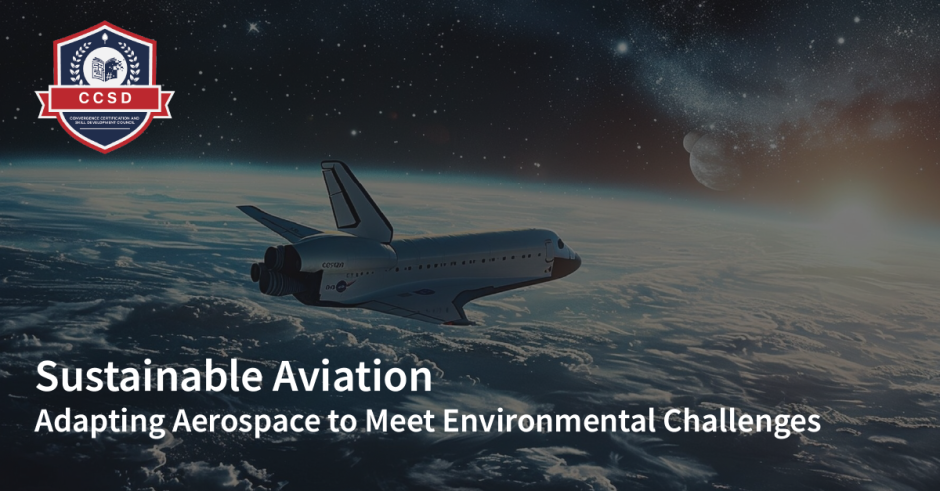The Rise of Sustainable Aviation: How Aerospace is Adapting to Environmental Challenges
Introduction
The aerospace industry is undergoing a transformative shift as it confronts one of the most pressing challenges of our time: sustainability. With growing concerns about climate change and environmental degradation, the industry is being pushed to innovate and adapt to reduce its carbon footprint. Sustainable aviation is not just a trend but a necessity for the future of air travel. This blog explores how aerospace companies are adopting new technologies, practices, and innovations to meet environmental challenges while maintaining operational efficiency and profitability.
The Drive Towards Sustainability in Aviation
Sustainability in aviation involves more than just reducing fuel consumption. It encompasses a holistic approach to minimizing environmental impact, including reducing greenhouse gas emissions, noise pollution, and waste. The rise of electric and hybrid aircraft, the development of sustainable aviation fuels (SAFs), and the adoption of more efficient air traffic management systems are just a few examples of how the industry is responding to environmental challenges.
Technological Innovations Leading the Charge
Several technological advancements are driving the push towards sustainable aviation. Electric and hybrid propulsion systems are being developed to reduce dependency on conventional jet fuel, which is a major contributor to carbon emissions. Companies like Airbus and Boeing are investing heavily in research and development to create aircraft that are not only fuel-efficient but also environmentally friendly.
Sustainable Aviation Fuels (SAFs) are another critical area of innovation. Made from renewable resources like waste oils, algae, and even municipal solid waste, SAFs offer a significant reduction in carbon emissions compared to traditional jet fuels. Airlines around the world are beginning to adopt SAFs, with some aiming to have a substantial percentage of their flights powered by these fuels in the coming years.
Regulatory Pressures and Industry Collaboration
Governments and international organizations are imposing stricter regulations on emissions and encouraging the adoption of greener practices. The International Civil Aviation Organization (ICAO) has set ambitious goals for carbon reduction, and compliance with these regulations requires a concerted effort across the industry. Collaboration between aerospace companies, fuel providers, and governments is essential to achieve these sustainability targets.
Challenges and Opportunities
While the push towards sustainability presents significant challenges, it also opens up new opportunities. The development of green technologies requires substantial investment, but it also presents an opportunity for companies to lead the way in innovation and capture new markets. As airlines and aerospace manufacturers continue to explore sustainable solutions, there is potential for new business models and partnerships that prioritize environmental stewardship.
Actionable Steps for the Aerospace Industry
1. Invest in Research and Development: Continue to innovate and invest in new technologies that reduce emissions and improve efficiency.
2. Adopt Sustainable Aviation Fuels: Increase the use of SAFs across fleets to reduce carbon footprint.
3. Enhance Air Traffic Management: Implement more efficient air traffic management systems to reduce fuel consumption and emissions.
4. Collaborate Across the Industry: Work with other industry players, governments, and regulatory bodies to achieve common sustainability goals.
Conclusion
The future of aviation lies in its ability to adapt to the growing demand for sustainable practices. By embracing new technologies, adopting sustainable fuels, and fostering industry-wide collaboration, the aerospace sector can reduce its environmental impact while continuing to provide essential services. The path to sustainable aviation is challenging, but with commitment and innovation, the industry can navigate towards a greener future.





